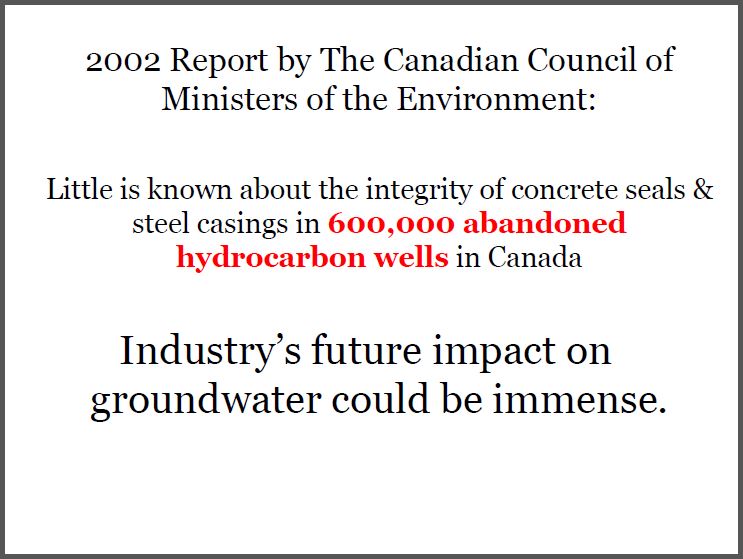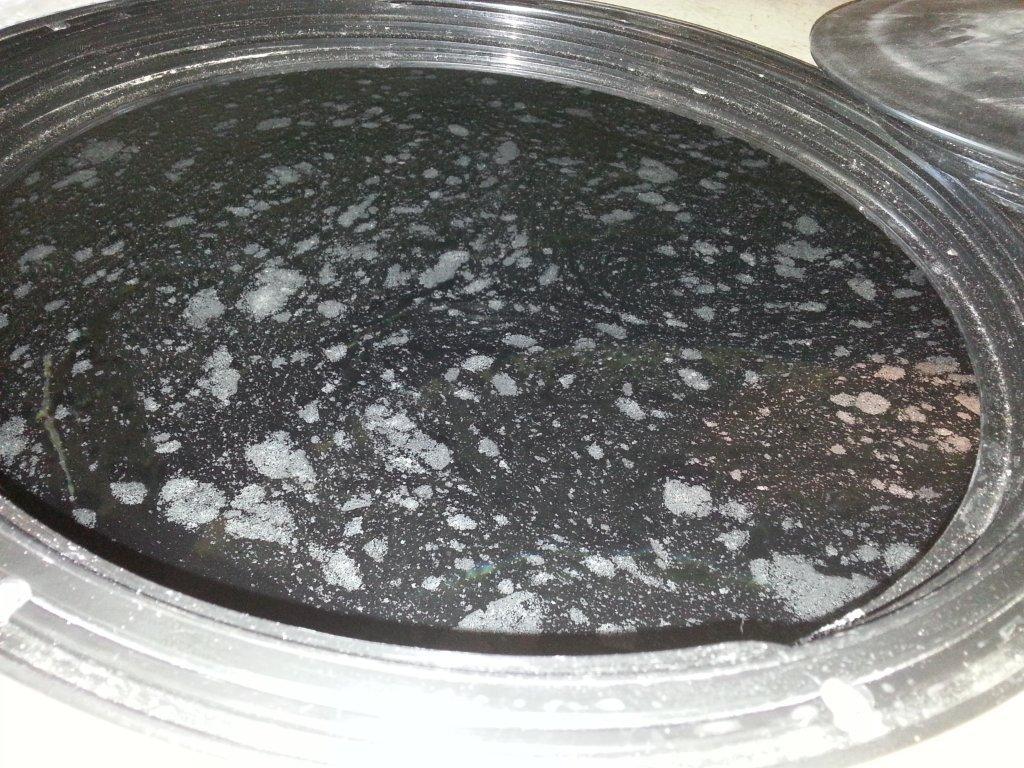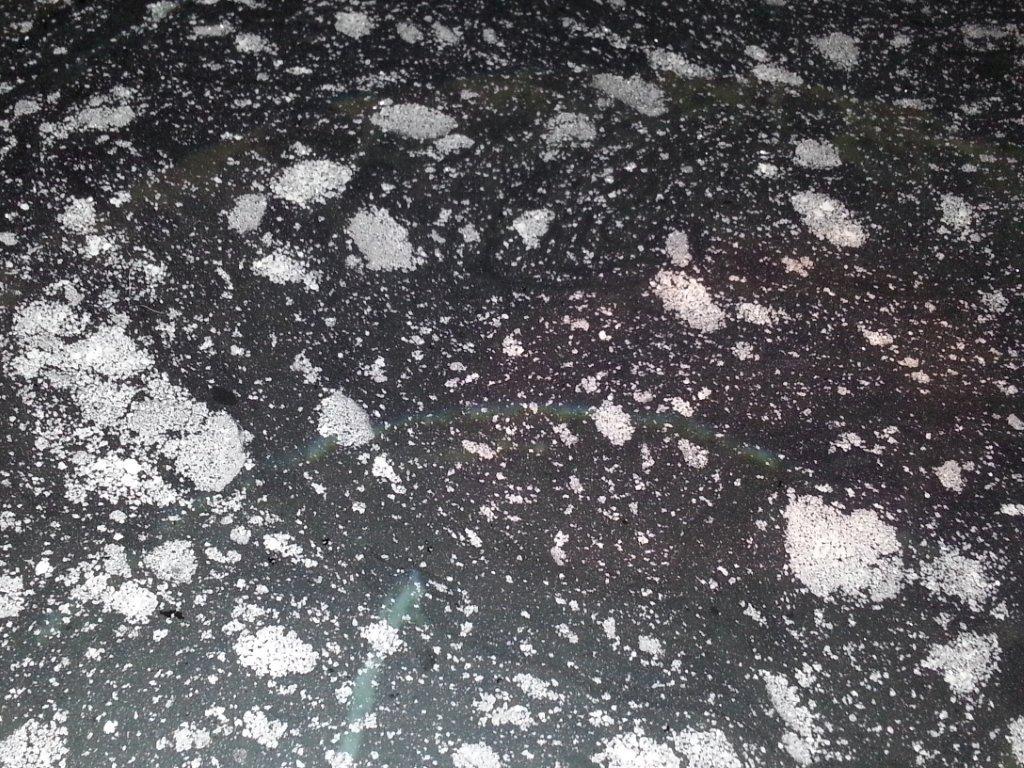Alberta needs to strengthen program to deal with dormant oil wells: critics by Ian Bickis, The Canadian Press, August, 3, 2015, Edmonton Journal
A program in Alberta to deal with thousands of dormant oil and gas wells that don’t meet safety and monitoring standards needs to be strengthened, critics say as falling crude prices could see their numbers swell.
Energy operators have brought about 3,600 wells in line with regulations as part of a compliance program the province launched in April. The Alberta Energy Regulator’s goal for the 2015-16 fiscal year is just under 5,500 wells.
While that shows that the organization is two-thirds of its way to meeting its goal, that still leaves more than 22,100 wells that aren’t complying with rules that govern fencing, and testing for leaks, among other measures, said Carrie Rose, a spokeswoman for the regulator. Rose said the program is meant to bring them into compliance over the next five years. [How many ordinary Alberta citizens are allowed to break the law for years and get away with it? ]
But Barry Robinson, the national program director for regions at Ecojustice, said in the meantime those wells could still contaminate the environment. “In the worst-case scenario you can have a well that is venting something or leaking something and not being aware of it because you’ve never done the pressure testing that was required,” said Robinson.
Jason Unger, staff counsel at the Environmental Law Centre, said the regulator should explain why operators were allowed to have so many wells not complying with regulations in the first place.
A bigger problem is that the program doesn’t set deadlines for well closures, Unger added. He said unreclaimed wells continue to impact the land and could affect property values, while an increase in the number of inactive wells means an overhang of liabilities for companies that may not be able to pay reclamation costs. “It’s reliant on the operator to determine when to abandon them,” said Unger.
Concerns over inactive wells comes as the number of orphaned wells has swelled from 162 in March to more than 700. Wells are orphaned when the company that owns them goes bankrupt or can’t be found. The wells then become the responsibility of the Orphaned Well Association, an industry-funded group that was set up to deal with them. Brad Herald, a director of the association, says low oil prices have contributed to an increase in orphaned wells. “We know that given the economic times, there’s probably more coming,” said Herald. Despite an increase in the number of orphaned wells, Herald doesn’t think Alberta needs to set timelines for reclaiming old wells. [Of course not, that might “regulate” the law violating companies a little bit too much.] He said wells can be inactive for a variety of reasons, from waiting for the construction of a pipeline to holding on until prices recover.
But Robinson says the province should consider firm timelines for well reclamation like many U.S. states have, because many wells in Alberta have been sitting idle for years. [And throughout Canada]

Slides from Ernst presentations. CCME report here (strangely removed from the CCME’s website in 2014. Did PM Harper have something to do with that?)
According to the Alberta Energy Regulator, of the roughly 77,000 inactive wells in the province, 18,000 haven’t been active for more than a decade. “If there’s some good reason why the well’s been inactive for five years and needs to be inactive longer, well then the company should have to justify that,” said Robinson. Last year, the Progressive Conservative government committed to reviewing well closure timelines.
A spokeswoman for Environment Minister Shannon Phillips said in an email that the current NDP government will look at strengthening existing programs to address inactive and orphaned wells.
[Ready! Action! Do nothing?
Look at?
How many years of additional “unregulated” profits will “looking” give non-compliant companies enabled by the non-regulating AER?
Why not order that the AER insist on compliance with the rules NOW instead of five years down the road?
What good are stronger rules if companies just ignore them?
What other law violations is the “regulator” letting companies in Alberta get away with?
Poisoning families in the Peace like Baytex did?
Allowing Bellatrix to poison Daunheimers and their neighbours?
Poisoning families in the Lochend while the AER piddles out an embarrassment of a biased, rig-sized hole-laden “health synthesis” report that ignores fracing contaminated drinking water like this:


Poisoning Campbells and their grandchildren with indutry’s thermogenic and toxic sour gas venting from household water taps? ]
[Refer also to:
Groundwater Quality Canadian Council of Ministers of the Environment. Winnipeg, Manitoba. Linking Water Science to Policy Workshop Series. Report No.2, 52 pages. Crowe, A.S., K.A. Schaefer, A. Kohut, S.G. Shikaze, C.J. Ptacek. 2003
Given that little is known about the long-term integrity of concrete seals and steel casings in 600,000 abandoned hydrocarbon wells in Canada, the study stated that the oil and gas industry’s future impact on groundwater could be immense. The report concluded that unconventional natural gas drilling such as coalbed methane (CBM) poses a real threat to groundwater quality and quantity, and that the nation needs “baseline hydrogeological investigations…to be able to recognize and track groundwater contaminants.” [Emphasis added]
